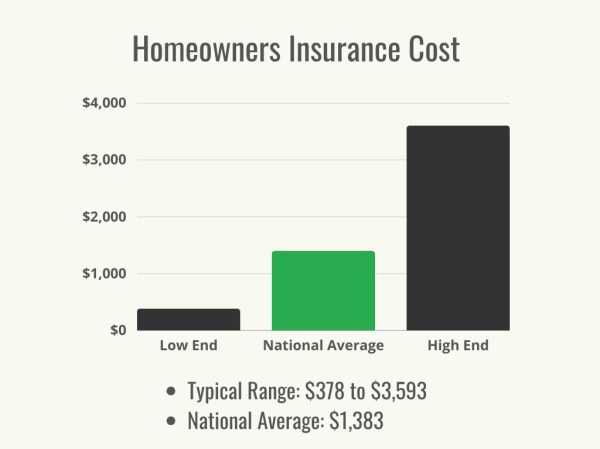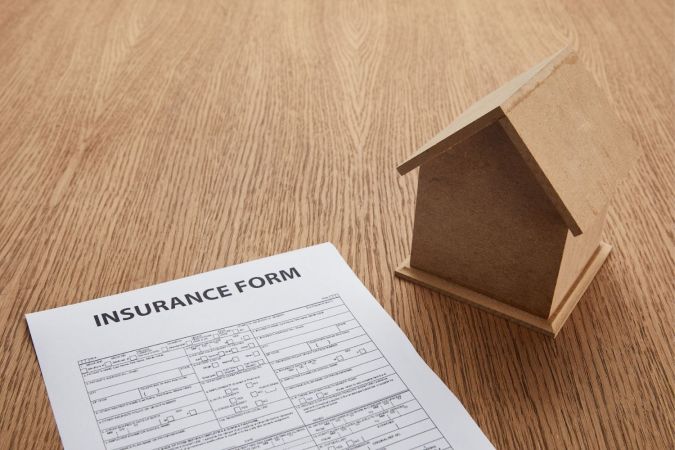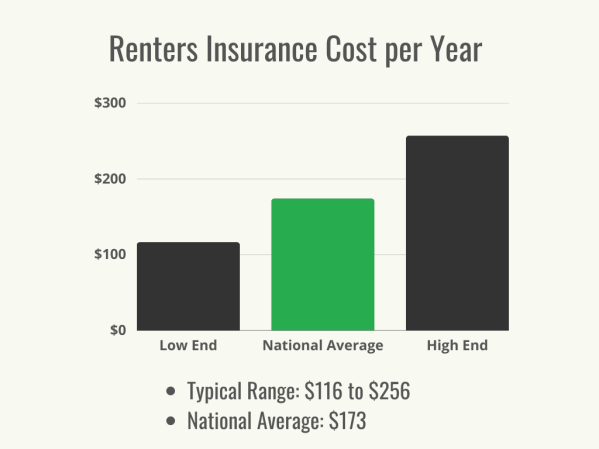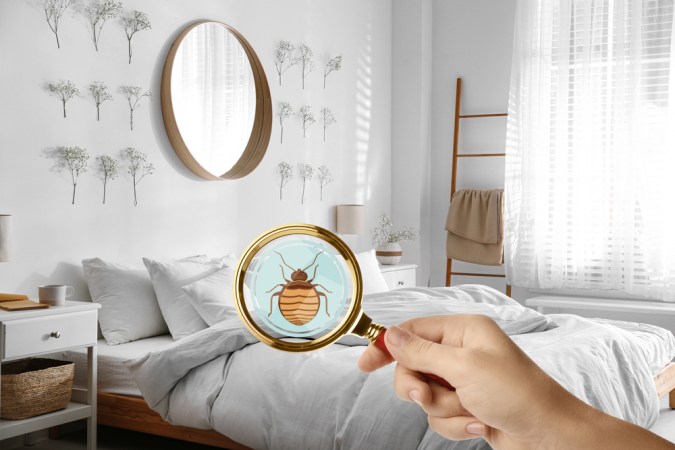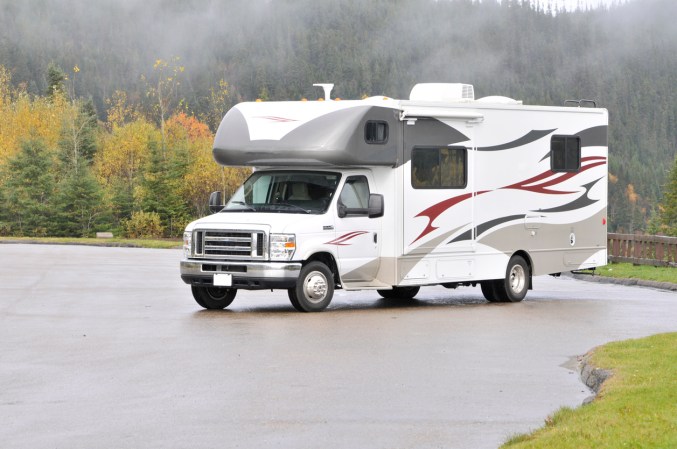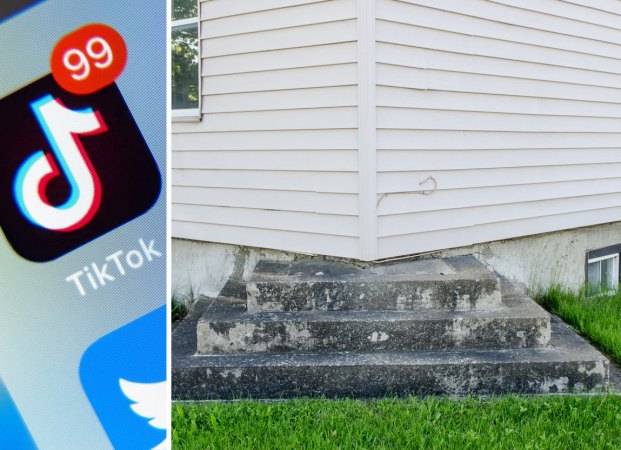We may earn revenue from the products available on this page and participate in affiliate programs. Learn More ›
Swimming pools, playsets, fountains, and other landscaping features can make a yard more enjoyable for you and your family. But these features also may attract uninvited visitors, particularly children in the neighborhood, and can be considered an attractive nuisance.
It may be hard to believe, but you can be held liable for the injuries sustained by others on your property, even if they were trespassing. Continue reading to learn more about what’s considered an attractive nuisance, what you can do to protect children from harm, and how to limit your liability.
Do you have an attractive nuisance on your property?
An attractive nuisance is something on your property that is enticing or attractive to children and poses a threat of harm to a child. It can be a fixed feature like a swimming pool or temporary like a remodeling project, and it can entice children so they feel drawn to enter your property. If an uninvited child is harmed on your property, you may be held liable by the law.

In most courts, only man-made and “maintained” features are considered to be attractive nuisances. When determining whether something is considered an attractive nuisance, many courts assess whether a reasonable person could have foreseen potential harm being caused by the situation and if any steps were taken to mitigate the risk of injuries.
Some common attractive nuisances include:
- Swimming pools
- Playground equipment
- Trampolines
- Tree houses
- Fountains
- Power tools and machinery
- Ladders and scaffolding
- Tunnels
- Wells
- Stairs and paths
- Weapons
- Broken gates
Things that aren’t considered attractive nuisances.
Every aspect of your property that could potentially harm an individual is not considered an attractive nuisance. As mentioned above, attractive nuisance elements are generally defined by a court as something that is man-made and maintained.
Therefore, features of your property that are not man-made or maintained are generally not considered an attractive nuisance by courts. These can include lakes, ponds, hills and cliffs, acorns, tree droppings and other small items that represent a potential choking hazard, and trees that someone could fall out of or bump their head on. As long as working alarms are present, carbon monoxide poisoning and smoke inhalation also are not considered harm from attractive nuisances.
Since courts realize that small children could potentially hurt themselves on nearly anything, things that are commonly understood to be dangerous, even by children, also are typically excluded from being classified as an attractive nuisance. These exclusions can include sharp objects, open pits, open flames, poison, falling from a height, hot water, and walking up to a wild animal or angry animal on the property.
Related: This Vibrant Paint Color on Fences and Trees Isn’t Just for Curb Appeal
Child trespassers are treated differently than adults.
If a child trespasses on your property and becomes injured due to an attractive nuisance, your responsibility will be viewed differently than if an adult was injured. Children receive special care under the law and aren’t considered old enough to necessarily know the risks of their actions. This means that if a child gets injured on your property, you could be the one legally responsible for the injuries.
Each court is different, and the age at which children are old enough to “understand” an attractive nuisance can vary. In most cases, children over the age of 12 are considered old enough to identify potential hazards, but in some cases attractive nuisance cases have been ruled in favor of children up to the age of 17.

Signage helps, but it won’t protect you from liability.
If you have an attractive nuisance on your property, adding warning or hazard signs may help deter some children from entering the property and becoming injured. However, the presence of such signs will likely not be enough to exculpate you from liability.
Children who may trespass on your property may be too young to read or simply may not see the signs you post. Courts will want to see that you have taken steps to reduce the risk of injury to others. In some cases (but not all), being able to identify the various measures you took to prevent someone from sustaining an injury on your property may be enough for a court to side with you in an attractive nuisance case.
Read up on state and local attractive nuisance laws, and speak with your insurance agent.
Attractive nuisance and child trespassing laws vary from state to state. If you have an attractive nuisance on your property, one of the first things you should do is check your local attractive nuisance doctrine. This can help you figure out the next steps you should take to protect yourself in the event a child is injured on your property in the future.
Speaking to your insurance agent about your potential attractive nuisance issues is important. While your insurance company won’t help you mitigate the risk of injury, it can make sure your insurance is sufficient to minimize financial loss due to a possible future injury on your property.
Related: 9 Things You Should Know Before Buying a House with a Pool

Take steps to protect children from attractive nuisances on your property.
Once you learn that there is an attractive nuisance on your property, identify steps you can take to minimize harm to a child. Document each measure you put in place since some courts will view this as sufficient evidence to keep you from being held liable.
The exact steps you should take can vary based on the specific feature on your property. Consider installing a locking gate around playground equipment, storing machines and power tools out of sight, inspecting your property for any fall hazards, and fixing anything that isn’t up to code.
If you have a pool on your property, it’s important to put a locking fence around it. Also, consider installing an alarm system around the pool, safely storing any chemicals for the pool out of sight, ensuring water rescue equipment is conveniently located by the pool, and having a first aid kit nearby.
Also, speak with the parents of any children in your neighborhood about the attractive nuisance on your property, and encourage them to discuss staying away from it with their children.


